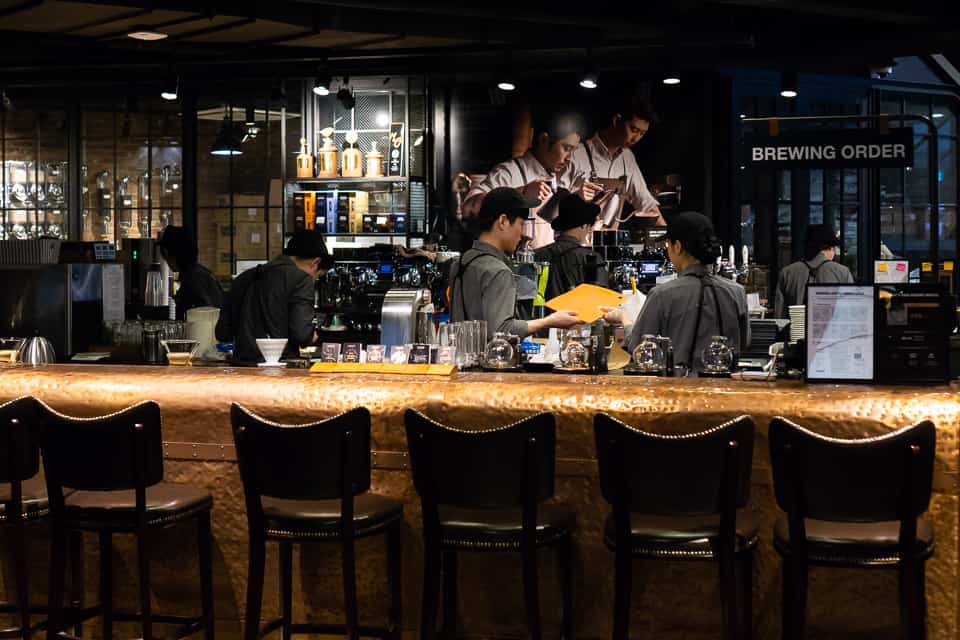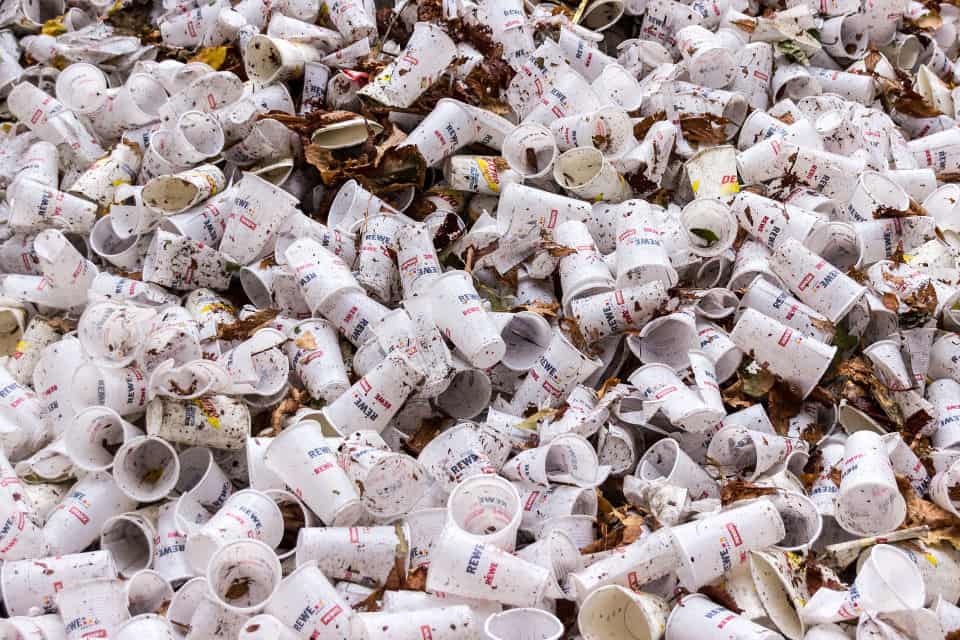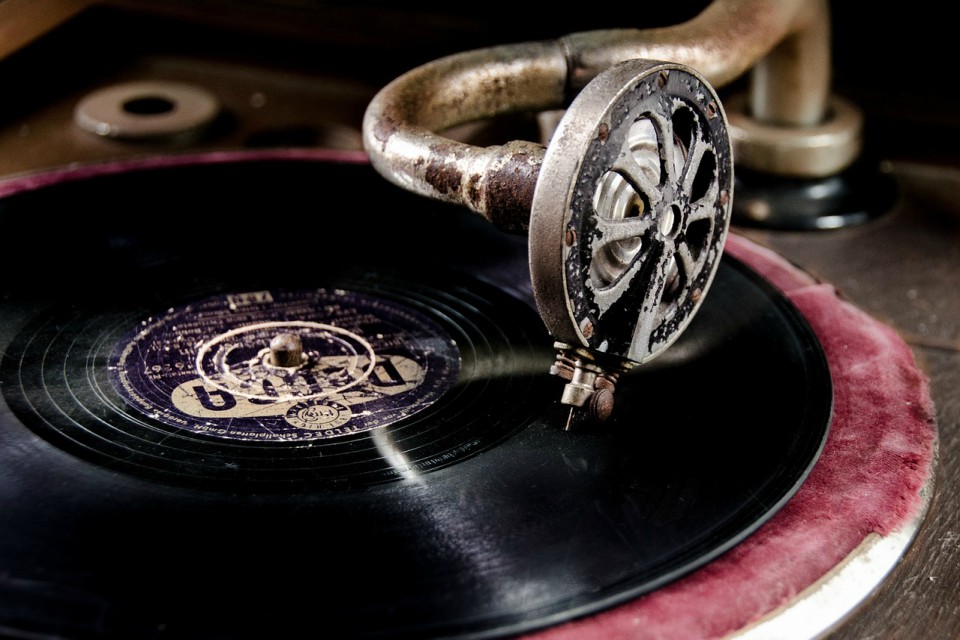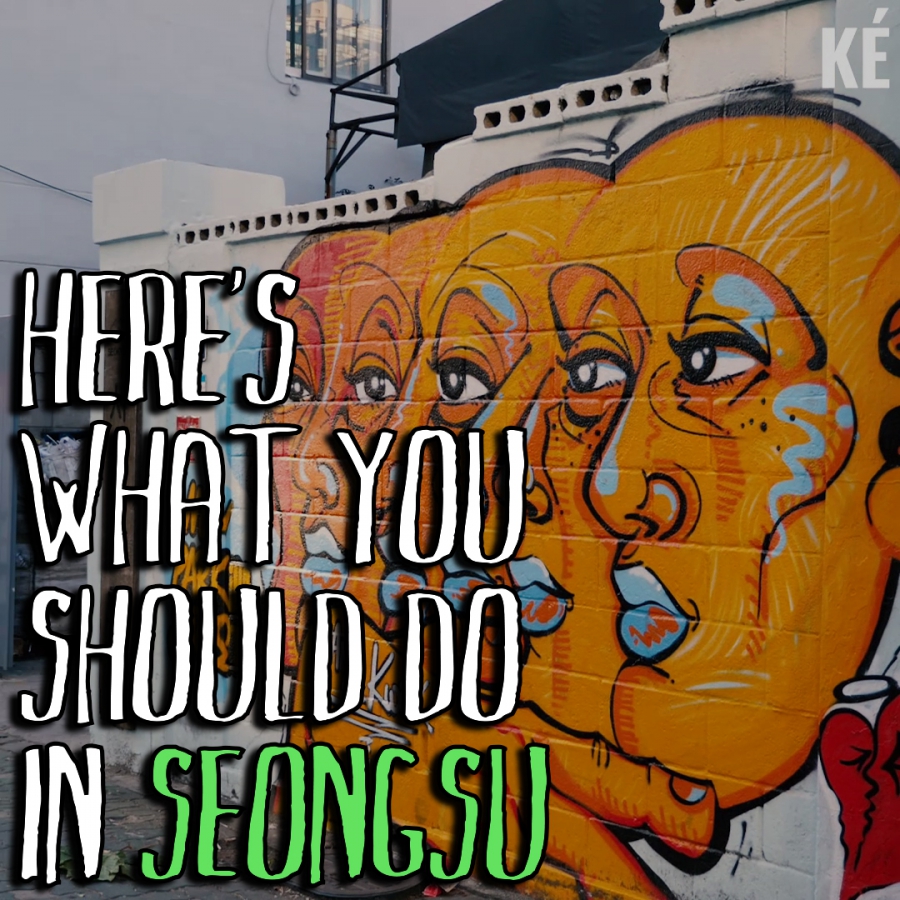cafe
Ediya Coffee: South Korea's Answer to Starbucks?
For a country that cannot grow coffee beans, South Korea is certainly infatuated with coffee. According to the Korea Customs Service, South Korea imported more than 159 thousand metric tons of coffee beans in 2016, and 40 thousand tons for the first quarter of 2017 alone. One cup of coffee
South Koreans Ready to Discard Disposable Cup Culture
Sit down with a coffee at almost any café in South Korea and you’ll be surrounded by people drinking from disposable takeout cups. Walk in any public place during the morning rush or after lunch and you’ll notice every public garbage bin overflowing with plastic cups. In cafés,
Nostalgia: Music for the Old
“Adding Memories” is a cafe in Jongno, Seoul, catering mostly to the elderly crowd, who remember the days decades ago, when people crowded around the jukebox or vinyl records. “Their song requests have a different level of longing,” the DJ said. Read more about Jongno, a
"The Brooklyn of Seoul"
Beyond the photogenic nature of the neighborhood, Seongsu is remarkable for its resistance to gentrification. Jeong Won-oh, the head of Seongdong district, where Seongsu is located, is spearheading efforts to protect rent from skyrocketing — by trying to meet property owners 1:1, limiting corporate franchises from entering the neighborhood



